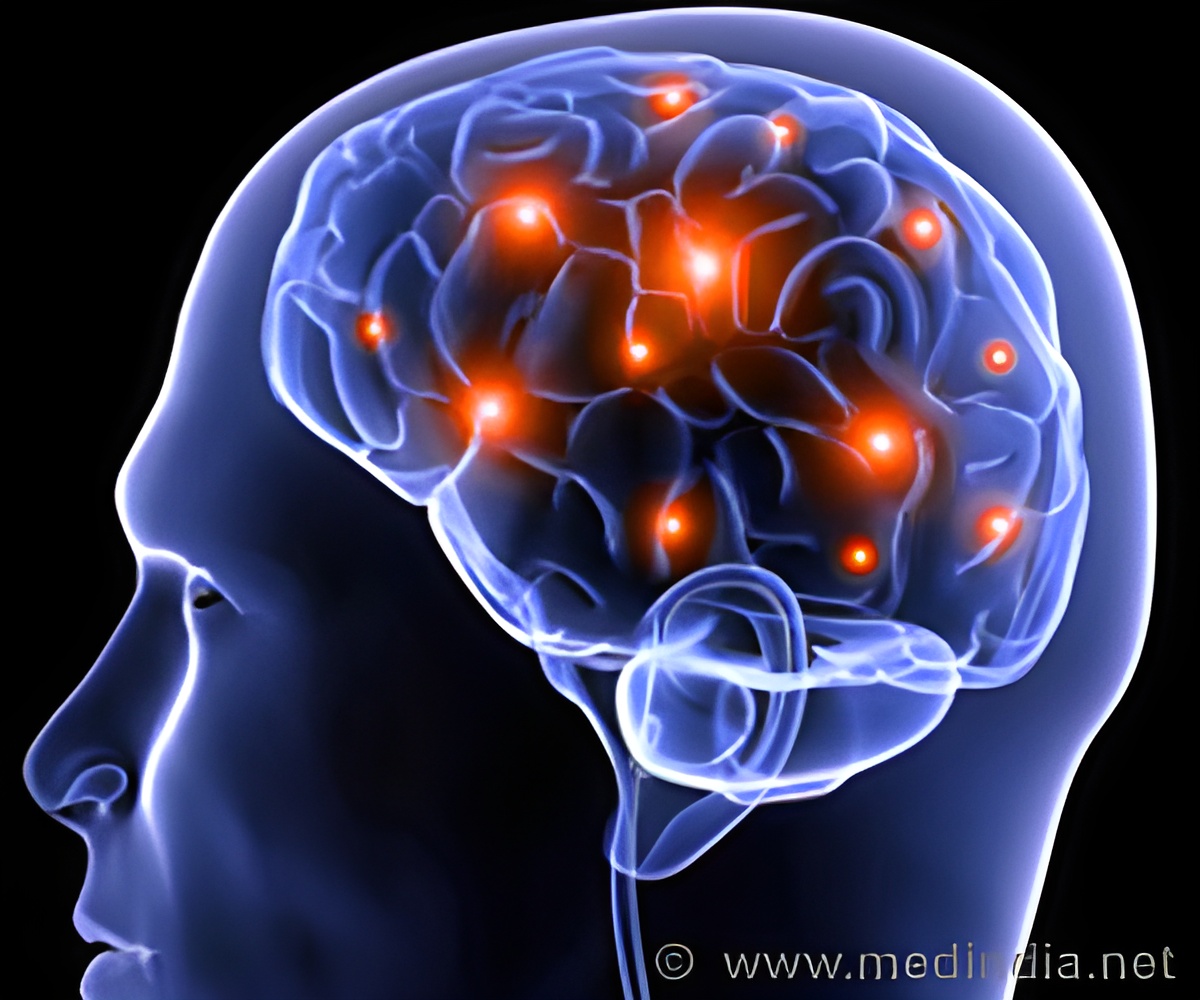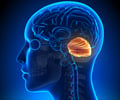
Key to this process is a repetitive stretch of a protein building block called glutamine, which is known to serve as a glue for protein aggregates in disease. Through studies in yeast, Dr. Gladfelter and her team found that this repetitive stretch of glutamine is also used to cluster proteins for a normal cellular process, namely the regulation of a cell's division cycle. They note that many other proteins that are not associated with disease have similar glutamine stretches in their sequences.
"We hypothesize that many cell functions may be spatially organized by taking advantage of these repetitive glutamine tracts that are surprisingly common in many types of proteins," says Dr. Gladfelter.
As more examples of useful protein aggregation are identified, it should become clear how aggregates are regulated so that they do not reach toxic levels associated with diseases. "Understanding how this 'sweet spot' of aggregation is achieved will be useful for understanding pathways that are misregulated in established protein-aggregation disorders," explains Dr. Gladfelter. Also, as therapies are developed to treat protein-aggregation-based pathologies, it will be critical to consider that there may be many useful aggregates that should not be destroyed in the process of treating disease-causing aggregates.
Source-Eurekalert












